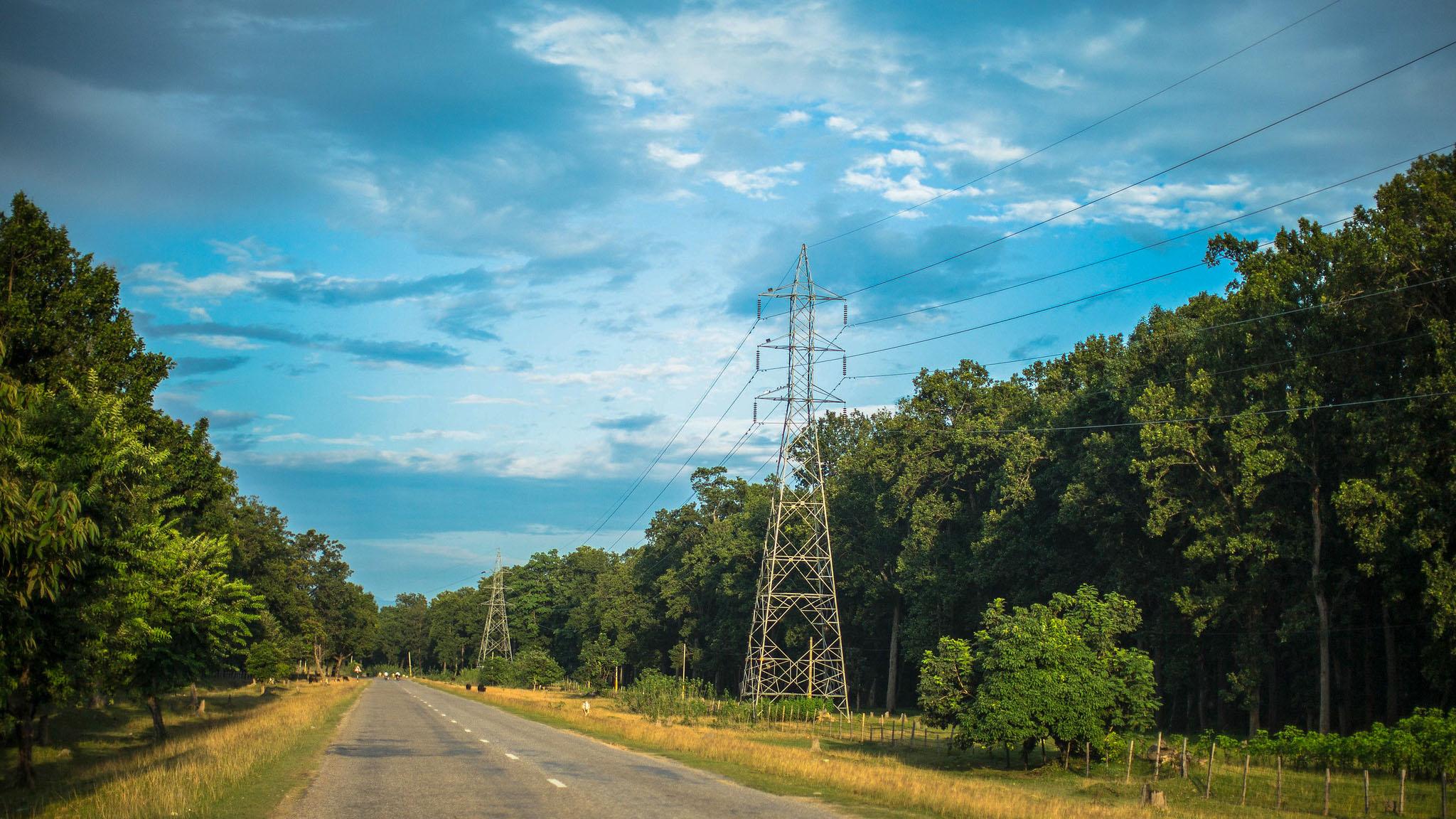- عربي
- 中文
- English
- Français
- Русский
- Español
For Landlocked Developing Countries, Sustainable Transport is Sustainable Development
16740047394_876d3d5542_k.jpg

Over half a billion people live in the 32 landlocked developing countries (LLDCs). While not all these nations are the least developed on the planet, they share one key feature: they do not have direct access to the sea.
This simple fact means they rely on their neighbouring countries for meaningful inclusion in global trade, and importing and exporting goods becomes more complicated, slower and more expensive.
It is also often the case that the LLDCs – those countries that rely on transport more than any other group – tend to have poorly developed transit networks. This seeming contradiction is at the heart of their development challenge and with trade costs that are 1.4 times higher than coastal developing countries, the finance to invest in sustainable transport can be hard to find.
The LLDCs were therefore hit hard and in unique ways by the COVID-19 pandemic. When international borders closed, their structural and geographical vulnerabilities were laid bare. PPE and ventilators were almost impossible to import, hampering response efforts. And exports decreased, resulting in a sharp decline in income.
Climate change, too, effects the LLDCs in particular ways: more disasters, higher temperatures, changing precipitation patterns, melting permafrost and desertification all represent major threats to transport infrastructure and services.
For all of these reasons, the Office of the High Representative for Least Developed Countries, Landlocked Developing Countries and Small Island Developing States (UN-OHRLLS) with the Government of Turkmenistan is organising a major international meeting to tackle the unique set of circumstances they find themselves in.
Under the theme, “Ashgabat Process: Financing for Better Connectivity”, the meeting will bring together ministers of transport from Landlocked Developing Countries review progress made on sustainable transport; discuss the critical role of transport for post-COVID-19 recovery and climate change mitigation and adaptation; share knowledge, experiences and solutions for post-COVID-19 infrastructure financing, delivery, and resilience; scale up international support on transport; and strengthen cooperation on transport connectivity.
The challenge of getting LLDCs’ transport infrastructure up to speed is great: to reach global average railway and paved road density, more than 46,000 kilometres of railways and nearly 200,000 kilometres of paved roads would need to be constructed.
The amount of money to deliver this is estimated to be US$500 billion.
The conference will share innovative solutions to this financing gap, including through public and private sources, public-private partnerships, Official Development Assistance, South-South and triangular co-operation and other innovative sources.
Progress made in Turkmenistan has the power to be transformative: sustainable transport is a lifeline to the modern economy and efforts to connect the most vulnerable countries and communities to each other. It underpins poverty reduction, economic development and – ultimately – sustainable development itself.
The Conference will be part of the preparatory process of Third United Nations Conference on LLDCs in 2024 and its outcome will contribute towards the thematic area of transport.
Click here to visit the conference page.





